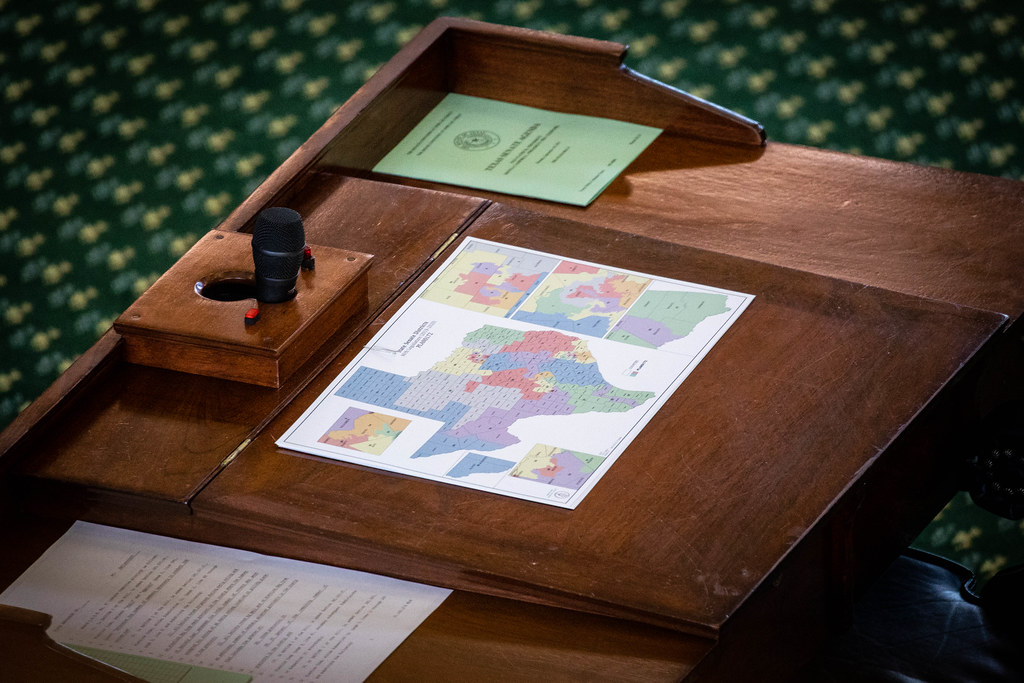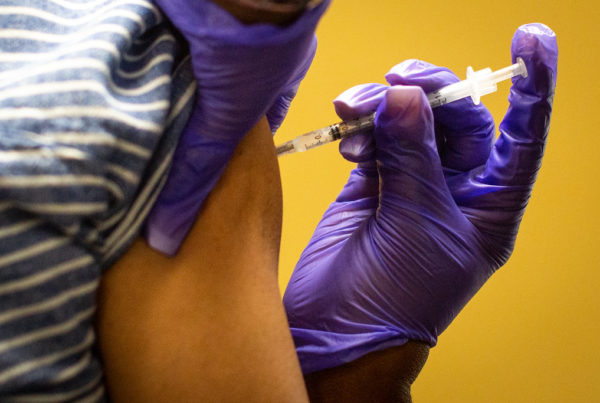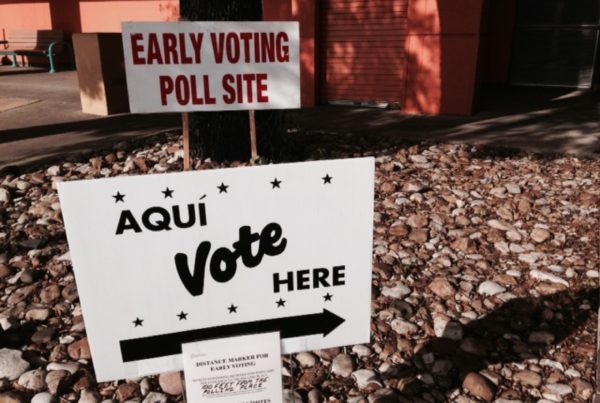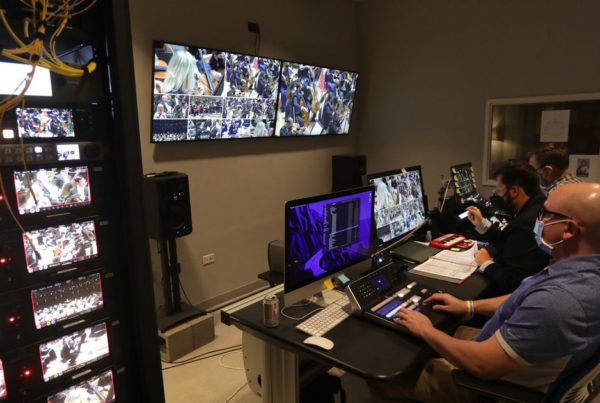An organization affiliated with former U.S. Attorney General Eric Holder is putting its weight toward a challenge to Texas’ newly drawn political maps. The National Redistricting Action Fund, an affiliate of the National Democratic Redistricting Committee led by Holder, announced its public support of a lawsuit by the group Voto Latino, which claims the maps dilute voting power of communities of color in Texas. People of color contributed to 95% of Texas’ population growth over the last 10 years.
Rice University political science professor Mark Jones says the argument is that the districts in their current form are disproportional. Listen to the interview with Jones in the audio player above or read the transcript below to learn more about how Jones expects a drawn-out process in the courts to decide the maps’ final boundaries.
This interview has been edited lightly for clarity.
Texas Standard: Under legal precedent, political gerrymandering is OK, but racial gerrymandering is still a violation of the Voting Rights Act. So, what’s the basis of the claims in this lawsuit?
Mark Jones: The basis of the claims are that these Texas maps that were drawn by Republicans to bolster and protect the Republican majority have reduced the ability of communities of color to elect a candidate of their choice. Twenty four of the 38 districts – that’s 63% – are Anglo-dominated districts, yet Anglos are only 40% of the Texas population. Whereas 14 of the 38 districts – that is, 37% – are minority districts. So the argument is that minorities should have something more proportional, in terms of 60%, yet they’re at 40%, whereas Anglos should have something proportional to 40%, yet they’re at 60%.
I think a lot of people understand the idea that you can’t weaken voters’ power based on race because of the Constitution’s equal protection guarantees. But doesn’t the Voting Rights Act also require redistricting lawmakers to consider race if the state has racially polarized voting?
Jones: The argument would be that they could have drawn more minority-majority districts, but they did not because they were focused on drawing safe Republican districts. And therefore you’re going to have Latinos, in particular, not able to have the impact in terms of choosing their representatives that could be done if Democrats had been in charge of the mapmaking process and could have done it differently. The difficulty that the plaintiffs are going to have here is that since we are now in the era of post Shelby [County] v. Holder – the 2013 landmark case where the U.S. Supreme Court gutted Section 5 of the Voting Rights Act – Texas doesn’t have to seek preclearance of these maps, so there’s no need to get approval. Therefore, they’re going to go in force, and Democrats are going to challenge them. But that process is going to drag out over the next few years before those maps are finally resolved in the court of law.
Texas Republican Sen. Joan Huffman, who authored the map, told the Associated Press that the maps were drawn “blind” to race. I think she was trying to suggest that they were not trying to exclude anyone, but at the same time, lawmakers have to consider race to some degree when they’re drawing these maps, right?
Jones: You can’t be blind to race. That is, you have to make sure that you don’t undercut the ability or reduce the ability of underrepresented groups to elect candidates of their choice. You definitely need to take race and ethnicity into account, it just can’t be what’s driving you to draw the maps. And particularly what you cannot do is draw maps designed to undercut the ability of Latinos and African Americans to elect candidates of their choice. That’s a direct violation of Section 2 of the Voting Rights Act. And if there’s proof of that, that would be cause for the maps to be redrawn by the courts.
Given what Huffman said, do you foresee this lawsuit’s claims holding up in the courts?
Jones: I think it’s going to be a long, drawn-out process. In the end, I would suspect that given the increasingly conservative nature of the U.S. Supreme Court the best these plaintiffs can hope for are some minor tweaks to a few districts, such as District 23 that runs from San Antonio out to El Paso. There I think there’s pretty clear evidence that Republicans reduced the share of Latinos in that district with the goal to help elect Tony Gonzales, who’s the Republican candidate, and reduce the ability of Democrats to elect the candidate of their choice.
And then we also have District 35, which is very similar to the district that was drawn before. That’s the partisan gerrymander where you clump Latinos and African Americans from San Antonio, go all the way up Interstate-35, loop off at Texas State University to get the students there and then go up to the east side of Austin to get Latinos and African Americans. That’s a pretty clear packing of Latinos and African Americans within a single district that has really nothing in common – that is, Austin and San Antonio. So that District 23 might be ordered to be redrawn at the congressional level. But I don’t see the courts doing anything dramatic that would really affect the ability of Republicans to continue to elect a large majority of U.S. House, Texas Senate and Texas Statehouse members in the Lone Star State – at least majorities, for the foreseeable future, meaning towards the end of the decade.
With this legal wrangling going on, is this going to derail the timetables for elections next year?
Jones: It’s always possible. That is, if the courts do block the implementation of these maps, that would derail the primaries in the spring. If, however, the courts essentially allow the maps to go forward while the case is underway, then that would not stop the primaries.













